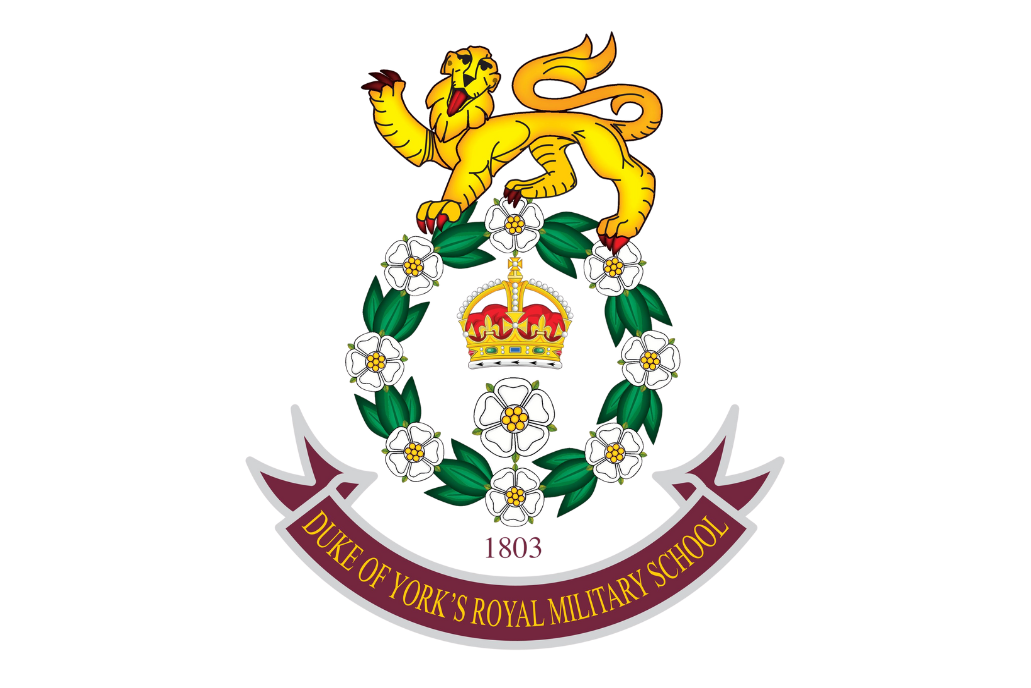The Royal Air Force has achieved a UK first by installing a 3D printed metal component on an operational Typhoon fighter jet, a breakthrough that could transform how military aircraft are maintained and kept in the air.
Engineers at RAF Coningsby fitted the part, a temporary replacement for the pylon assembly that links the jet’s weapons systems to its wing, using Wayland Additive’s Calibur3 Electron Beam Melting (EBM) system. Installed at the base in 2022, the printer enables the RAF to produce high-strength titanium parts on site, slashing the downtime normally caused by supply chain delays.
The component was designed and manufactured by specialists from No. 71 Inspection & Repair Squadron at the Hilda B. Hewitt Centre for Innovation, a unit with a global reputation for repairing damaged structures on UK military aircraft. Once completed, it was installed by engineers from No. 29 Squadron.
Rapid Response Repair
The process began with a precision scan of the damaged part, which was shared with both the original manufacturer and the 71 Squadron design team. While the manufacturer worked on a permanent replacement, the squadron produced the interim version in-house, proving that grounded jets can be returned to the skies far faster than before.
The Calibur3’s NeuBeam technology produces fully dense, stress-free titanium components without the cracking or additional heat treatment required by other systems, meaning parts can go from design to installation in a fraction of the usual time.
Squadron Leader John Mercer, Senior Engineering Officer at No. 29 Squadron, described the development as a “strategic step forward” for operational readiness. He emphasised that while the printed component is temporary, it allows missions to continue without waiting weeks for spares.
Wing Commander Gemma Lonsdale, Officer Commanding Air Wing Engineering at RAF Coningsby, praised her team’s technical expertise, saying the achievement “opens enormous potential for keeping aircraft in service longer and with greater flexibility.”
A Step Towards the Future
The RAF sees this milestone as just the beginning. While current efforts focus on temporary fixes, the technology could soon be used to create certified permanent components. The benefits are clear, lower maintenance costs, faster repairs, and improved aircraft availability across the fleet.
With additive manufacturing now proven in an operational setting, defence experts suggest it could play a growing role in sustaining not just Typhoons, but future generations of RAF aircraft.
